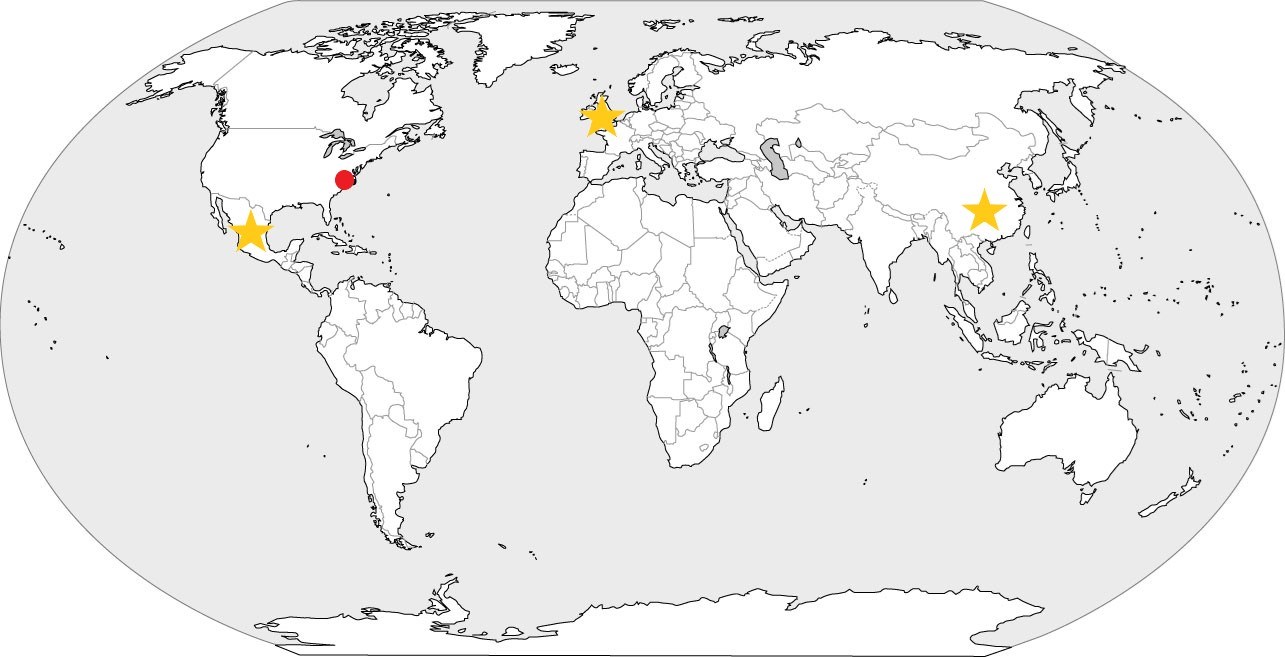
LEARN.In the 1780s, citizens in the newly-won United States relied heavily on global trade. They received finished goods from Great Britain and the rest of Europe, and resources from the Caribbean such as sugar and tobacco (imported). The US shipped out (exported) a lot of goods to Great Britain and other European countries as well, such as lumber, furs and other natural resources. Many of these goods were shipped into and out of Philadelphia, the most important port in the US at the time, meaning that thousands of ships carrying goods from across the Atlantic passed right along the Delaware coast every single day. These goods were not just for large factories either, many were commonly used within the homes of normal citizens, showing us that every person in the US was connected to the importance of global trade! Materials Needed:
Instructions:STEP 1: Watch the video below!
Visit our keyboard shortcuts docs for details
Discover what happens to the Dutch ship carrying goods to America in 1783. DO.Scavenger Hunt:It's time to practice archeology in your very own home! We receive goods from all across the world today and you can find many around your personal living spaces. Instructions:STEP 1: Draw a table like the one below on a piece of paper.
STEP 2: Search around your home with an adult and try to find objects from the nations listed.
BONUS Activity!Can you identify Mexico, England and China correctly?
Jason Rhode. Blank World Map. Attribution-NonCommercial-ShareAlike 2.0 Generic (CC BY-NC-SA 2.0) https://www.flickr.com/photos/jrhode/1386593088. REFLECT.The artifacts found along the beach in Lewes help us better understand the lives of people during the 1780s and the importance that international trade played in early US history. If the items you just collected were found by someone 200 years from now, what might archeologists conclude about your family/society in 2021?
|
Last updated: May 11, 2021
